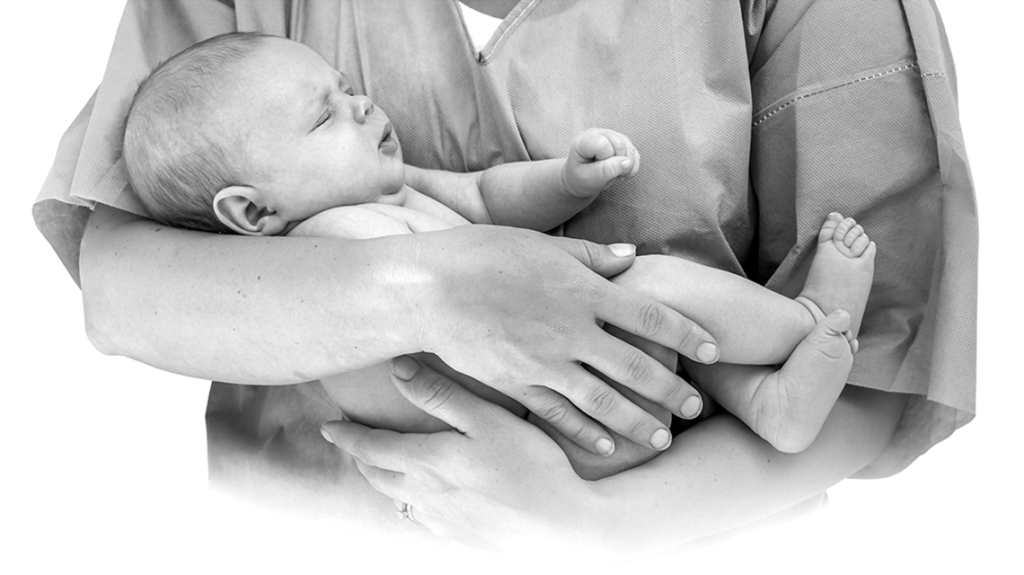What Are Long-Term Outcomes for a Child With Bladder Exstrophy?
What Are Long-Term Outcomes for a Child With Bladder Exstrophy? https://pediatricsnationwide.org/wp-content/uploads/2021/03/AdobeStock_115709904_HRBW-web-1024x575.gif 1024 575 Kevin Mayhood Kevin Mayhood https://secure.gravatar.com/avatar/bd57a8b155725b653da0c499ae1bf402?s=96&d=mm&r=g- January 07, 2020
- Kevin Mayhood

A study from the Pediatric Urology Midwest Alliance (PUMA) suggests the condition requires lifelong management for most children with bladder exstrophy.
Half of infants with classic bladder exstrophy (BE) undergo bladder augmentation or diversion by age 10 and the percentage increases with age, a 36-year retrospective study from five Midwestern children’s hospitals shows.
Whether they retained a native bladder or had augmentation, diversion or bladder neck procedures, 86% of patients did not void on their own but performed clean intermittent catheterization in adulthood.
“Even if you close their bladder in infancy, long-term, 70% are going to need a bladder augmentation or diversion and the vast majority intermittent catheterization,” says Molly Fuchs, MD, a pediatric urologist and surgeon in the Section of Urology at Nationwide Children’s and an author of the study.
“This is not a ‘You have a problem and we’ll fix it’ condition,” says Dr. Fuchs, who is also a clinical assistant professor of Urology at The Ohio State University College of Medicine. “We now have clear data to inform families that this is likely to be a lifelong urologic issue.”
The study, from the member hospitals of the Pediatric Urology Midwest Alliance, is published in The Journal of Urology.
BE is a complex and rare condition in which the bladder develops outside the fetus, fails to close and cannot store urine. Surgery is performed to close the bladder and further surgeries may be needed to get children out of diapers and try to achieve urinary continence.
The majority of studies on outcomes have been from single institutions, Dr. Fuchs says. The investigators believe this is the first long-term multi-institution study of a large cohort of bladder exstrophy patients to analyze the probability of augmentation, diversion and clean intermittent catheterization.
The researchers analyzed medical records of 216 children treated at the five hospitals from 1980 through 2016, which the authors estimate is about one-third of the children born with BE in the United States during that time.
In the first week of life, four of the infants underwent primary diversion and 212 primary closure. After primary closure, the probability of bladder augmentation/diversion was 15% by age 5, 51% by age 10 and 70% by age 18, the analysis found.
The study showed some variation among the five hospitals that appears to reflect preferences in disease management, Dr. Fuchs says. “In the long run, however, the outcomes were much the same.”
In addition to providing peers with the outcomes data, the study will help providers counsel families, the researchers say.
“It’s really important in the newborn period when you see families and want to set up reasonable expectations,” Dr. Fuchs says “We need to be able to counsel families adequately about what the future may hold for them.”
“Certainly there will be patients who break the rules and can void on their own,” she says. “But, the majority are going to need augmentation and catheterization.”
Reference:
Szymanski KM. Fuchs M, McLeod D, Rosoklija I, Strine AC, VanderBrink B, Whittam B, Yerkes E, Gargollo PC, Pediatric Urology Midwest Alliance. Probability of bladder augmentation, diversion and clean intermittent catheterization in classic bladder exstrophy: a 36-year multi-institutional, retrospective cohort study. The Journal of Urology. 2019 Dec;202(6):1256-1262.
Photo credit: Adobe Stock
About the author
-
Kevin Mayhoodhttps://pediatricsnationwide.org/author/kevin-mayhood/
-
Kevin Mayhoodhttps://pediatricsnationwide.org/author/kevin-mayhood/April 25, 2015
-
Kevin Mayhoodhttps://pediatricsnationwide.org/author/kevin-mayhood/April 25, 2015
-
Kevin Mayhoodhttps://pediatricsnationwide.org/author/kevin-mayhood/April 25, 2015







